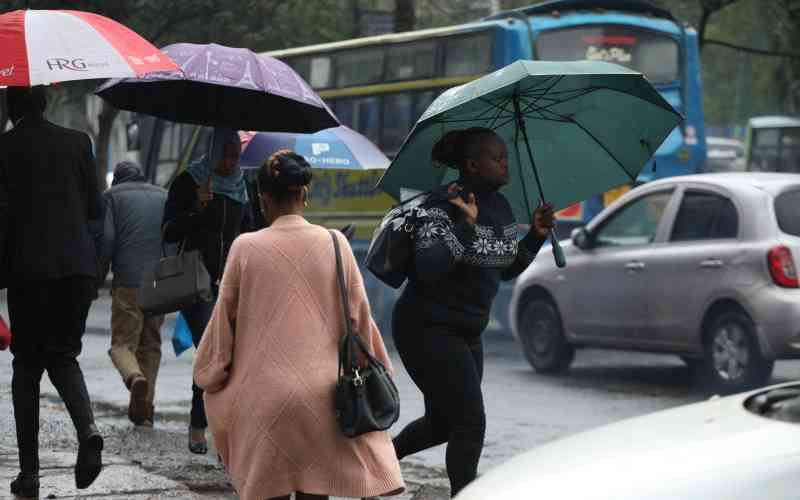×
The Standard e-Paper
Home To Bold Columnists

Barely two weeks since the Africa Climate Summit was concluded in Nairobi, Africa stands at the precipice of yet another catastrophe, a crisis whose solution seems so near yet too far, especially on matters in the hands of the Global North.
This week, flooding and earthquakes pushed Libya and Morocco to headlines, with a combined death toll of more than 15,000 and thousands still missing.